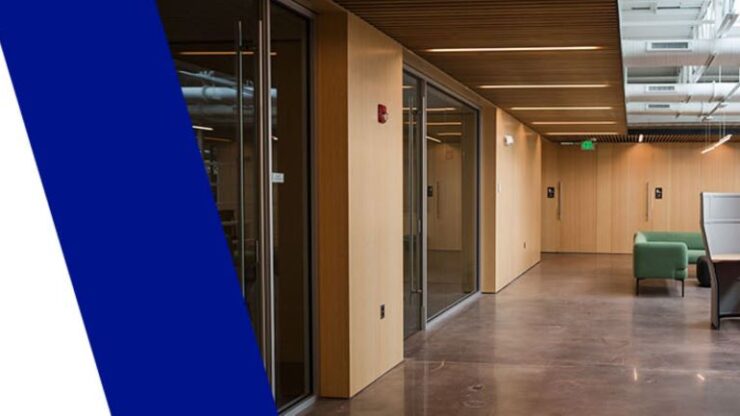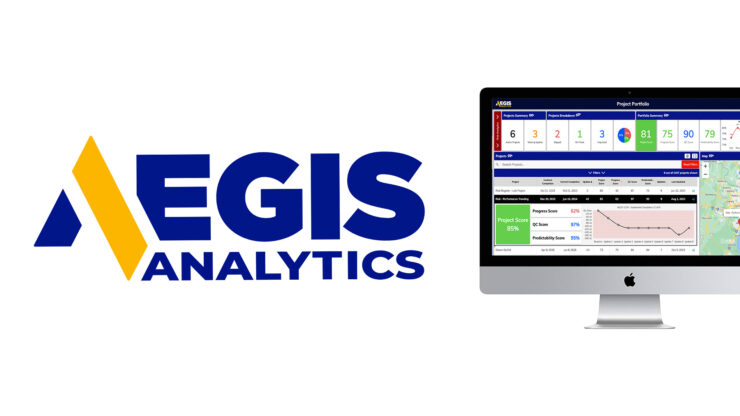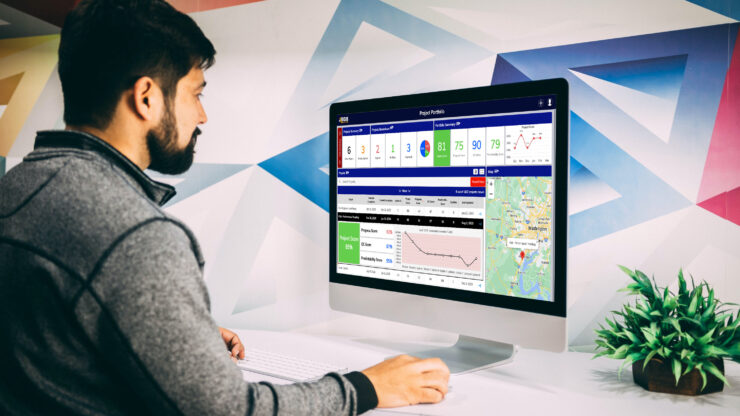
Lean Construction methods are becoming common practice on construction projects with the use of the Last Planner® system (LPS) as a planning and scheduling tool. The Last Planner® system emphasizes a more collaborative effort when it comes to scheduling and ideally eliminates the traditional top-down method for scheduling and planning – builder dictates schedule to subcontractors. For builders and owners, this approach opens a new challenge for projects that still require a Critical Path Method (CPM) schedule as a reporting and management tool.
At Aegis, we believe these two approaches complement each other, and properly applied improve the construction planning process. One benefit of Last Planner® is collaborative planning sessions with all key players, starting at the early stages of the project. The team can proactively address project challenges. All key players can identify their constraints, establish commitments to key milestones, and identify “hand-offs”. At every stage of LPS, established commitments are re-validated to ensure a realistic work plan and this keeps key players engaged. The collaborative planning continues through the life of the project via make-ready and weekly work plan meetings. The tracking of work completed and variance trends on weekly basis allows for continual team learning.
Along with benefits provided, the Last Planner® system has its shortfalls. On any construction project, plans change due to many reasons, and a project controls team must analyze and communicate the effect to key players. Last Planner® does not provide a platform to analyze criticality and effect of changed workflows. Since LPS consists of using planning boards with post-it notes, the effect of work plan scenarios and their results are not possibly demonstrable, which is necessary in the dynamic environment of construction. Finally, with LPS, cost and labor data do not have vehicles to allow for long-term projections or periodic metrics. One simply cannot manage and report on data without some of kind of software platform.
The use of CPM scheduling is an effective tool for long term planning. It creates a detailed plan for all phases of a project with the use of scheduling software platforms, such as Primavera P6. Most owners still require periodic CPM schedule updates to report a project’s overall status. CPM schedules allow builders to report the project’s progress, identify critical & near critical work, analyze potential and / or ongoing issues, and report on cost & labor. The detailed analysis and reporting of potential or ongoing project impacts is done with the use of impacted CPM schedule updates and provides great insight. Finally, when project teams are planning for possible alternate work plans, “what-if” schedules are easily created to review the effect.
The disadvantages of CPM scheduling starts when the builder creates a schedule with little or no input from key players. Builders are dictating a plan to subcontractors and key players end up working for their own benefit. Not having buy-in from key players makes it difficult to communicate “hand-offs” and expectations, especially with complex projects. Schedule issues and their effects are not readily identified or preventable since CPM schedule updates are typically done on a monthly basis.
At Aegis, we’re often asked if we recommend the use of Last Planner® or CPM Scheduling for project controls and planning. With experience in scheduling thousands of projects, we see real benefits in implementing both systems. Some of the difficulties presented for using both system includes, creating and managing a CPM schedule while utilizing Last Planner methods, reflecting changes to a CPM schedule at every stage of Last Planner®, and physically integrating those changes from a planning board to a CPM Schedule. Avoiding any duplicative effort is the main goal so a project team can successfully use these planning methods and ensuring that both complement each other.
Aegis recommends the preparation of a detailed CPM baseline schedule to meet the goals of the Last Planner® system’s master planning phase. The CPM schedule provides the data for the creation of the post-it notes utilized in the subsequent planning sessions. Aegis believes that with the use of existing technologies, scannable, preprinted post-it notes can be created using the CPM schedule to allow for better use of the team’s time during the pull planning, make-ready and weekly work planning meetings. At the conclusion of each Last Planner® phase, post-it note data is transmitted electronically for integration into the CPM schedule. The digitization of this information opens up the potential for virtual reporting vehicles to encompass the metrics set forth by Last Planner® and CPM Scheduling methods. The weekly work planning process will allow the CPM schedule to become a more robust tool.
In the end, integrating the two methods and preventing duplicative efforts is a great Lean approach to scheduling and “eliminating waste” on all projects.
Recent Posts

The Aegis Companies and Pompeian: A case study in effective construction management

Meet Mike Carey – Senior Vice President of Construction Management

Maximizing the impact of project controls in construction management

Inside Aegis Analytics: Risk Management

Inside Aegis Analytics: Ensuring schedule quality

AACE Region 2 Northeast Symposium: Elevating project management standards with Aegis

Inside Aegis Analytics: Metrics that matter
